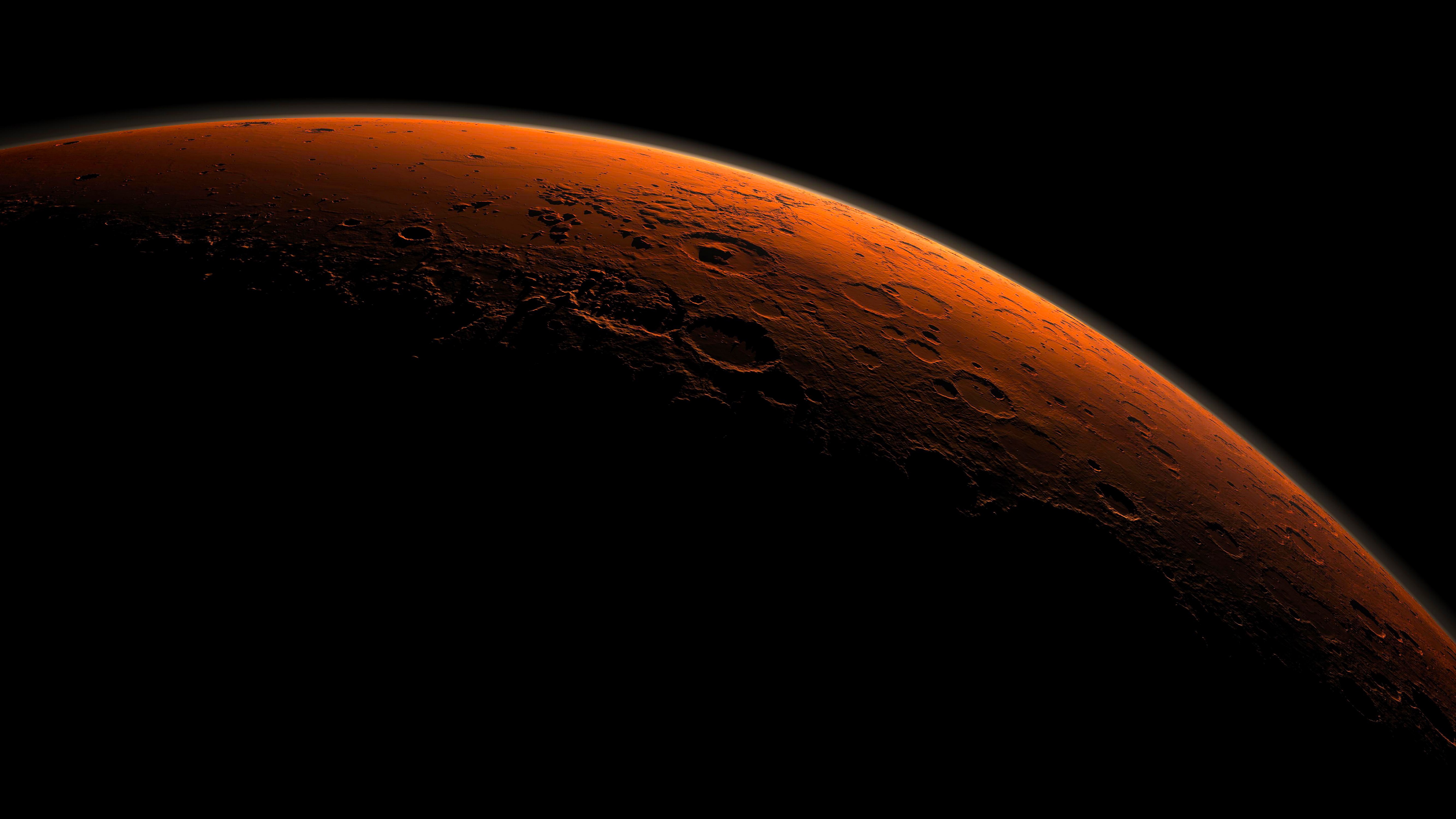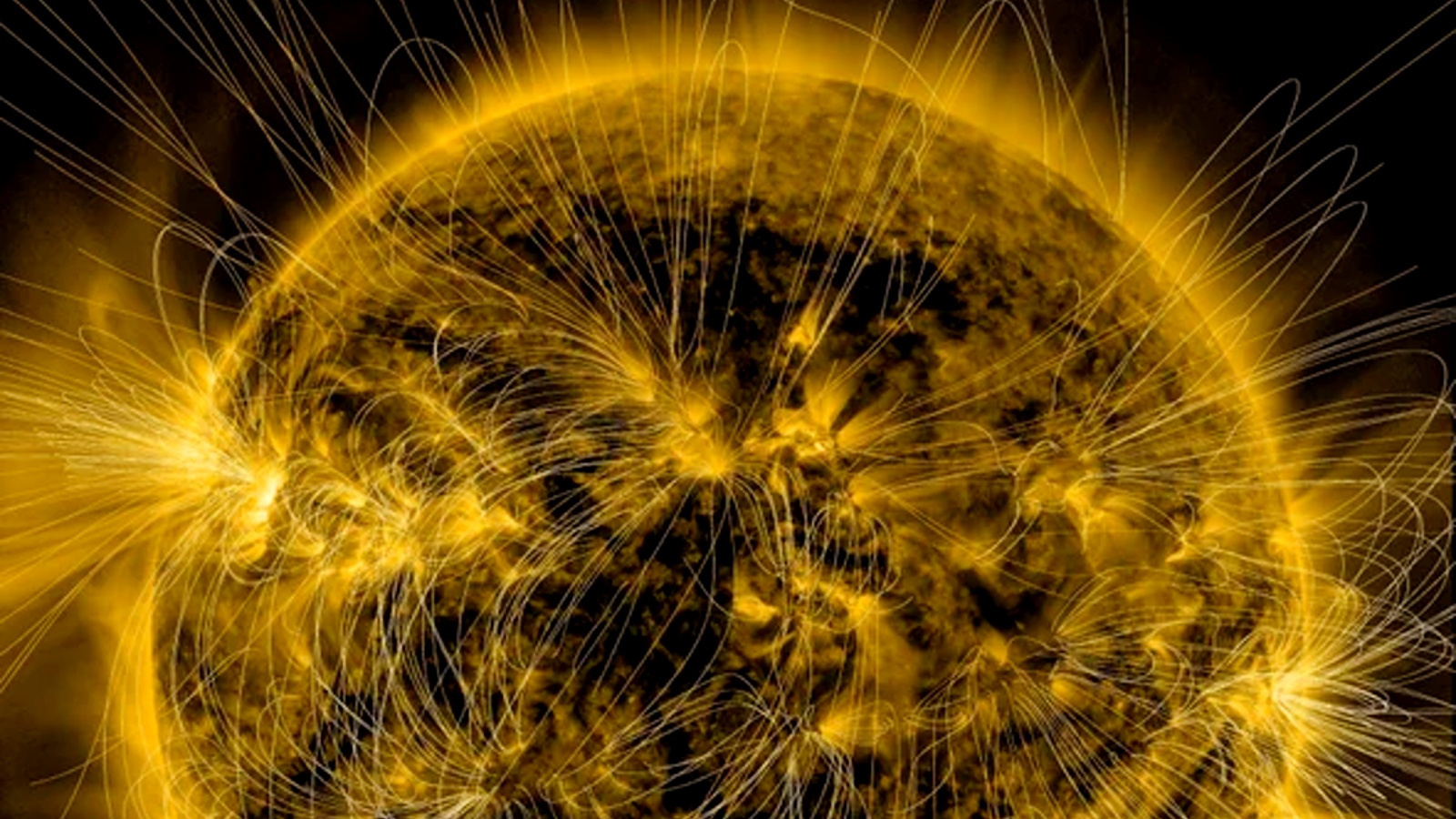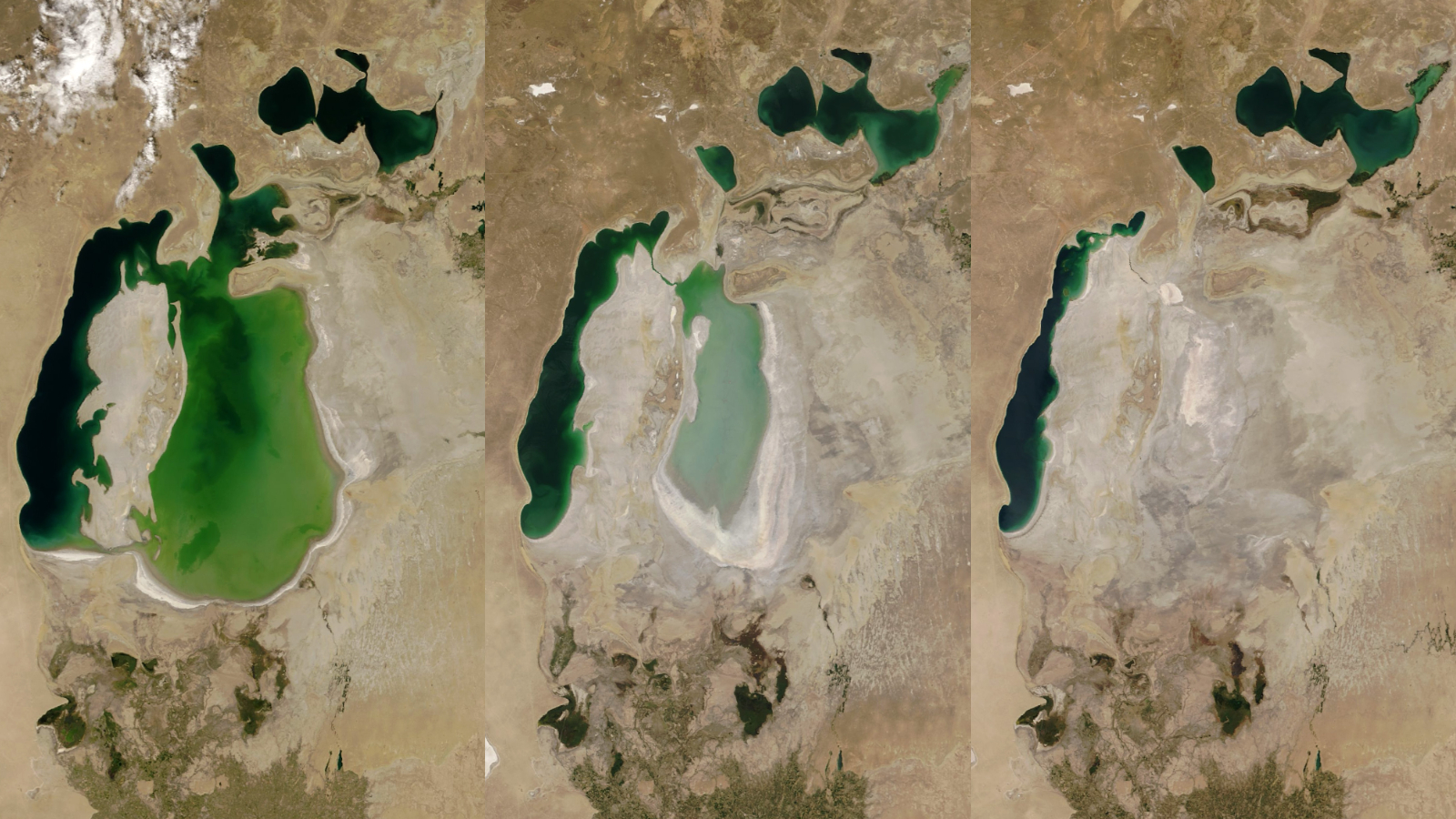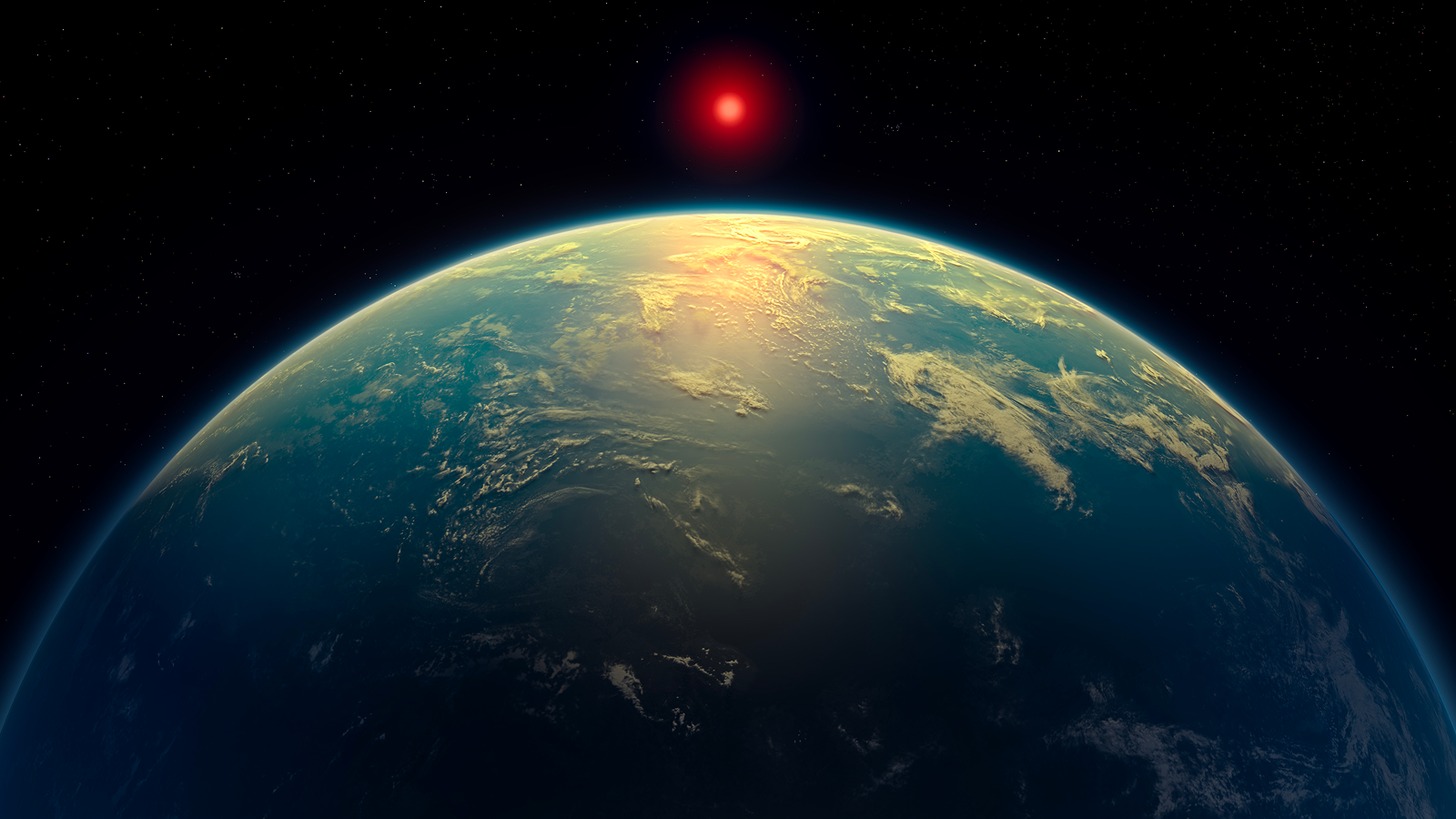
Did Noah's flood really happen?
Noah's flood is a story much older than the Bible, and researchers are still learning about its roots.
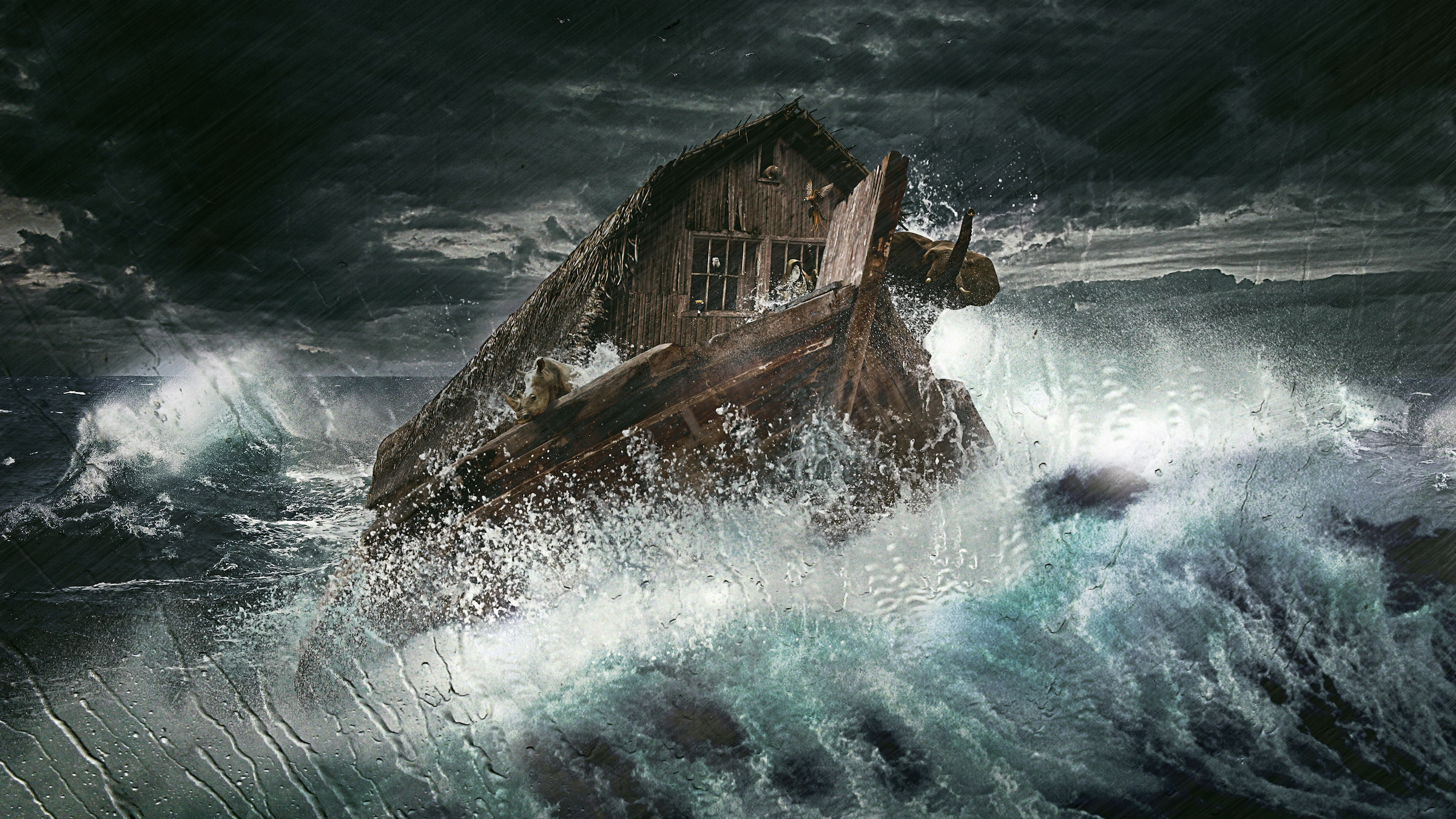
Noah's flood is one of the most recognized Bible stories. According to the Old Testament, "In the six hundredth year of Noah's life, in the second month, on the seventeenth day of the month, on that day all the fountains of the great deep burst forth, and the windows of the heavens were opened" (Genesis 7:11, English Standard Version).
As the text recounts, God saw wickedness within humans and sent a global inundation. Because Noah was righteous, God instructed him to build an ark for his family and save two of every beast, bird and creeping thing. But did Noah's flood really happen?
"The one thing we know for sure from geology is that a global flood never happened," said David Montgomery, a professor of geomorphology at the University of Washington in Seattle and author of "The Rocks Don't Lie: A Geologist Investigates Noah's Flood" (W. W. Norton & Company, 2012). "If you look at it as literally a global flood that covered the world's highest mountains, I'm sorry, there's just not enough water on Earth to do that," he told Live Science.
If the "heavens" opened and all of the water in the atmosphere came down at once as rain, the planet would be submerged — but only to a depth of about 1 inch (2.5 centimeters), according to the U.S. Geological Survey. That's not enough water to justify a canoe, let alone a massive ark.
But what if more than the water in the "heavens" were considered? If all the world's glaciers and ice sheets were to melt, then sea levels would rise by more than 195 feet (60 meters), according to NASA, which would add a bit more water. Moreover, a 2016 study published in the journal Nature Geoscience estimated that there's 5.4 million cubic miles (22.6 million cubic kilometers) of groundwater stored in the upper 1.2 miles (2 km) of Earth's crust, which is enough to cover the land to a depth of 590 feet (180 m). That's a lot of water, but there are cities thousands of feet above sea level, and Mount Everest, the highest mountain on Earth, is more than 29,000 feet (8,849 m) above sea level. On top of that, geologists don't see evidence for a global flood in the rock record.
Related: Are flat-earthers being serious?
The biblical tale has other questionable sections. For example, Noah was 600 years old when the flood started — we know humans don't live that long — and most species wouldn't survive being reduced to just two animals as they wouldn't have enough genetic diversity to create a viable population. What's more, it's unclear how every animal would be capable of making it to the ark in the first place — imagine penguins waddling from Antarctica to the Middle East.
Sign up for the Live Science daily newsletter now
Get the world’s most fascinating discoveries delivered straight to your inbox.
According to historical documents, Noah's flood is a retelling of older stories, and it's likely allegorical rather than a literal recounting of an event. Ira Spar, professor of ancient studies at Ramapo College of New Jersey, told Live Science that the biblical stories in the Old Testament, which were written down between 800 B.C. and 500 B.C., likely came from older oral traditions and multiple sources.
There are slightly different accounts of Noah's flood story in other religious books, such as the Quran, while earlier versions of a cataclysmic flood stem from ancient Mesopotamian texts. Spar noted that there's a Sumerian flood story recorded in fragments that dates back to the late third millennium B.C.
"Who knows how far back the story goes?" Spar said.
If we consider the sources of Noah's flood to be regional floods and not a global flood, then it's not so far-fetched. Montgomery explained that some "geologically plausible" floods could have occurred that inspired the story.
For example, in the late 1990s, oceanographers William Ryan and Walter Pitman hypothesized at an American Geophysical Union meeting that around 7,500 years ago, the Mediterranean Sea started flowing into the then-isolated Black Sea, causing massive flooding around the Black Sea, which could be the origins of Noah's flood, the journal Science reported in 1998.
"That would have been a disruptive event that flooded the whole known world to the people who were living there, and that could have gone on to seed the story of Noah's flood with some of the survivors who fled to Mesopotamia," Montgomery said.
A 2009 study published in the journal Quaternary Science Reviews argued that the flooding would have been much more minor than what Ryan and Pitman proposed, if it happened at all. But while the inspiration for the story of Noah's flood is open to debate, there are plenty of other flood stories from around the world that have been seemingly inspired by regional events.
Montgomery said that many Indigenous American stories in the Pacific Northwest, for example, involve floods that sound a lot like tsunamis, with great waves crashing onto the shore. The same is true for stories from the seismically active coasts of South America and the South Pacific islands.

Patrick Pester is the trending news writer at Live Science. His work has appeared on other science websites, such as BBC Science Focus and Scientific American. Patrick retrained as a journalist after spending his early career working in zoos and wildlife conservation. He was awarded the Master's Excellence Scholarship to study at Cardiff University where he completed a master's degree in international journalism. He also has a second master's degree in biodiversity, evolution and conservation in action from Middlesex University London. When he isn't writing news, Patrick investigates the sale of human remains.


